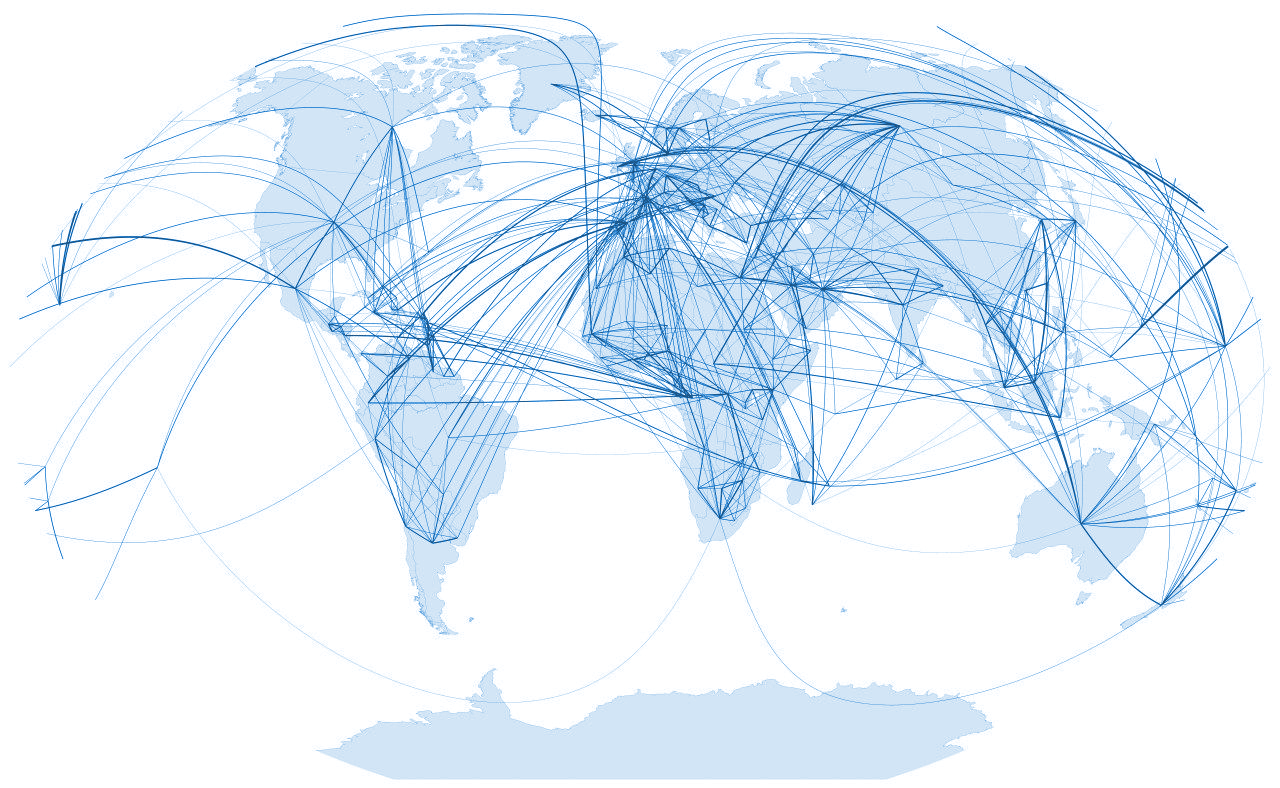
Mobility across state borders is a key feature of our age. The number of transnational asylum-seekers, migrants, tourists, students, and refugees, not to mention the number of cross-border phone calls and online interactions, has grown rapidly—and often exponentially—over the last decades. This wide array of mobilities has also begun to attract the interest of social scientists. Thus far, however, empirical research on the topic has remained compartmentalized, with most studies being restricted to a particular country pair or region; migration scholars focusing on migration, education scholars on student exchange, and so forth. To date, no project has aimed at collecting a comprehensive, up-to-date global database of the many different forms of human mobility, from long-term resettlement to everyday commuting, and, then, analyzed them simultaneously in an integrated way.
To address this gap, we intend to set up a Global Mobilities Database (GMD), collecting information on a large palette of spatial mobilities, as well as their demographic, economic, sociological and legal-political aspects. Drawing on a range of sources from international organizations to private companies, from digital-trace to administrative data, the GMD will cover connections between countries from around the world in a longitudinal per-spective.
While our team at the EUI will be conducting original research based on the GMD, the database will also be open source. Therefore, researchers, the informed public, and policy-makers can use it for fact-based responses to a whole range of questions. The GMD will help in:
1. Describing the world we live in and the trends that shape its transformation;
2. Exploring the correspondence, and possibly interaction, between different forms of mobility;
3. Unraveling the association between mobility trends and other social, economic and cultural trends;
4. Eliciting and testing hypotheses about the causes and consequences of human mobility.
For instance, GMD could be employed to outline the effects of changing border control policies, phases of the economic cycle and technological diffusion in some countries and in given periods. The world we live in is shaped by human mobilities. The GMD aims to become a valuable resource by monitoring this crucial aspect of global change.